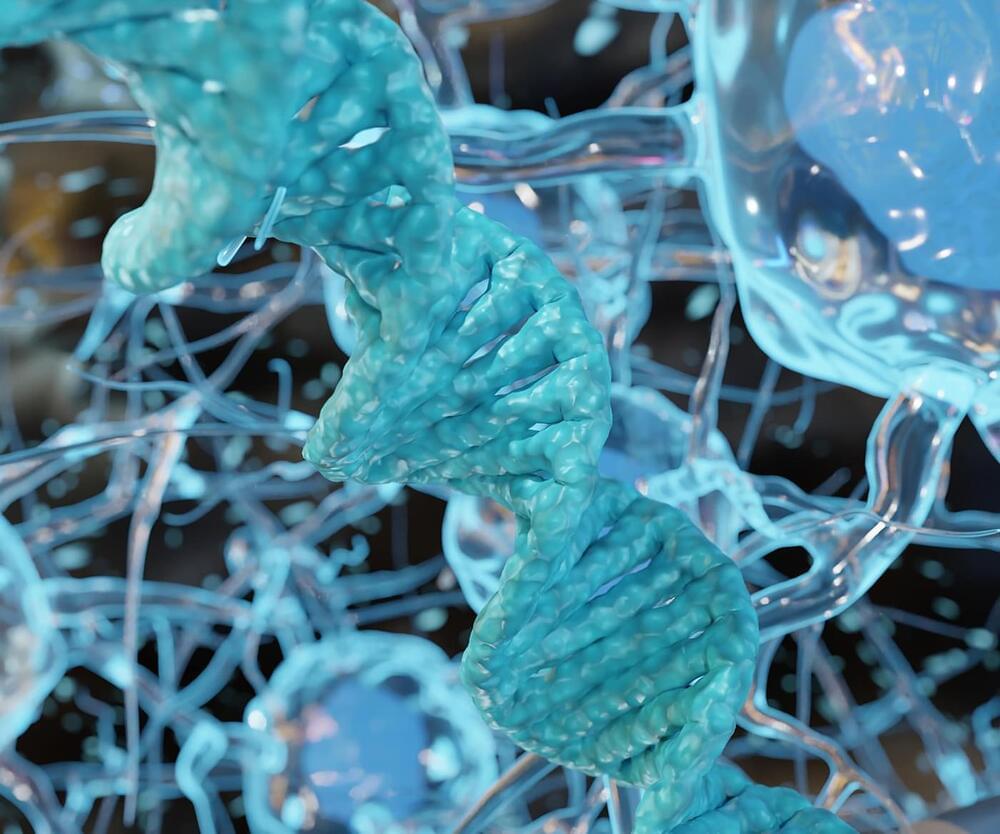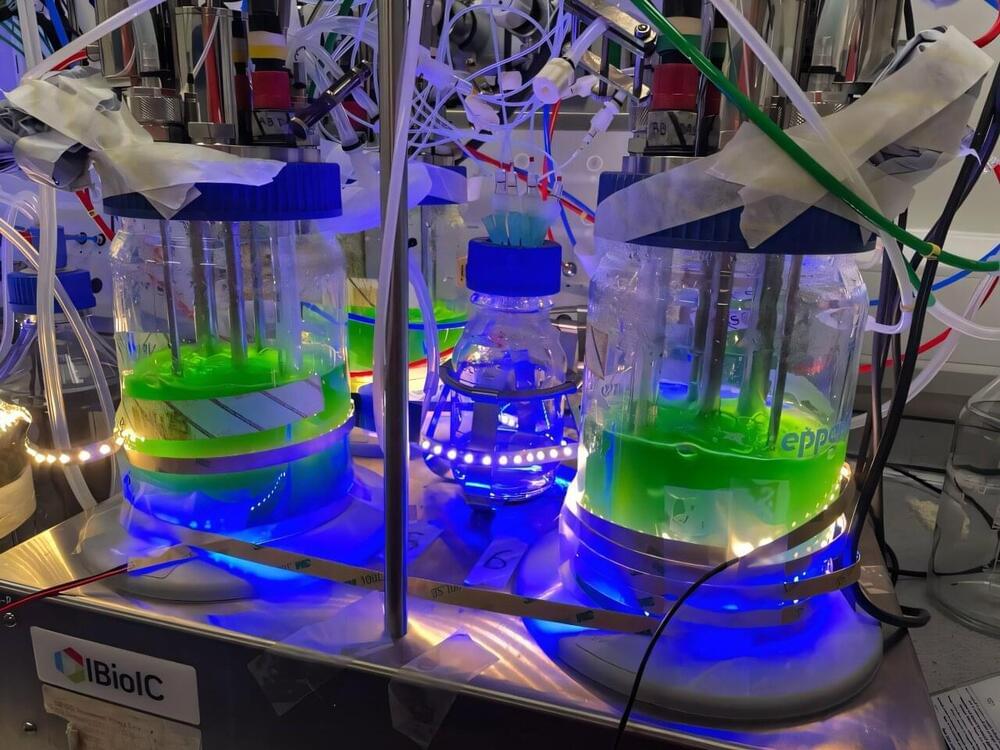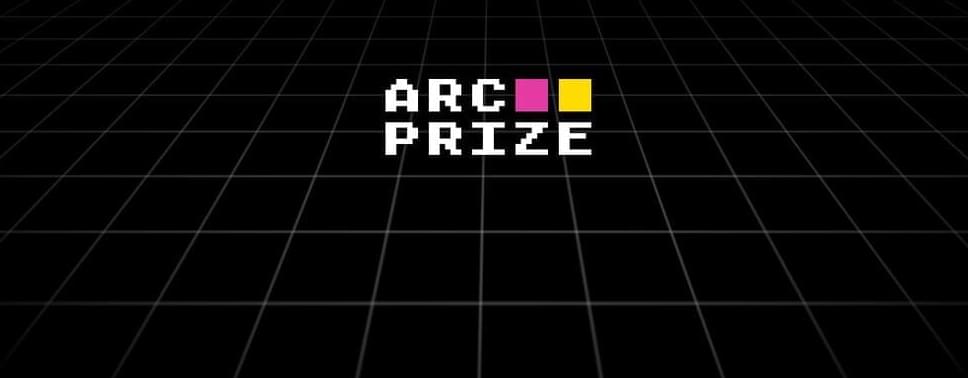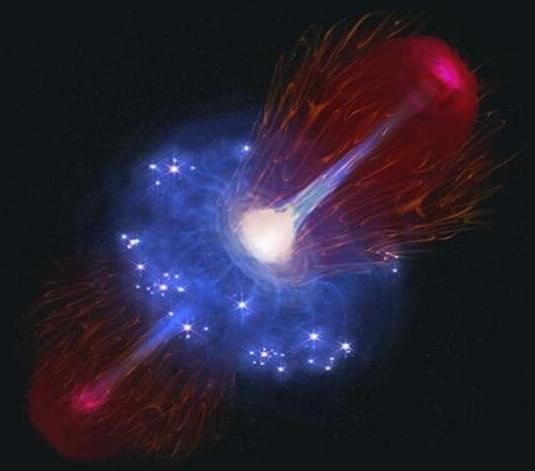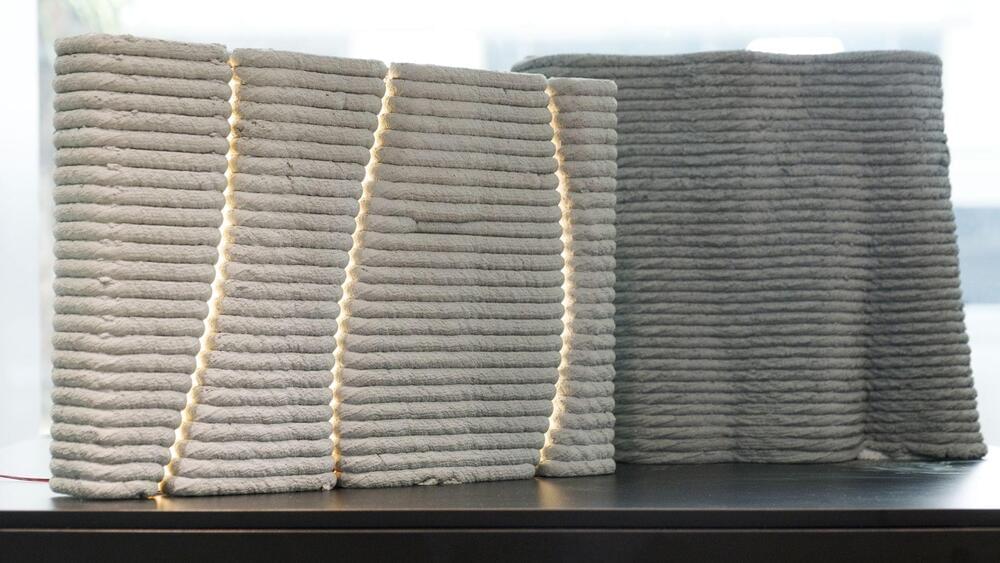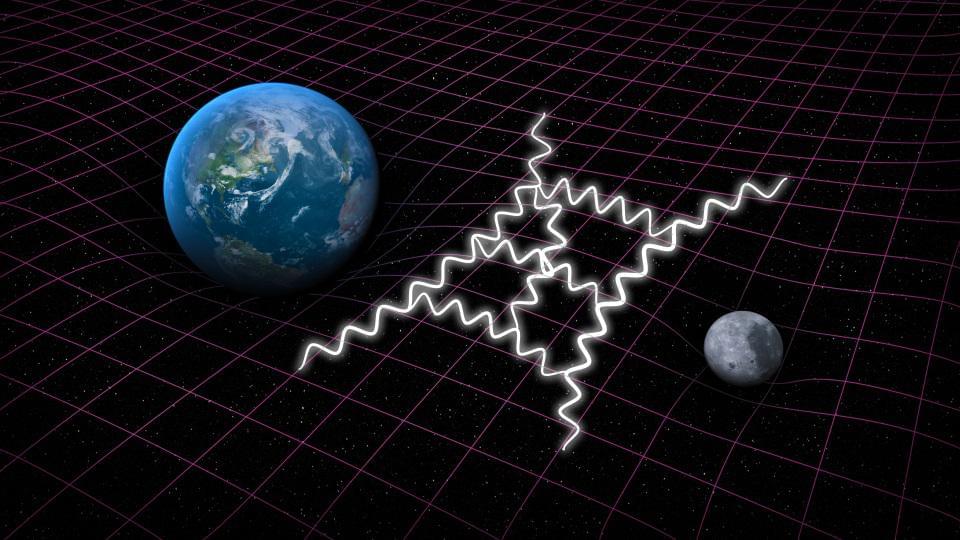Page 103
Dec 22, 2024
Gene and Cell Therapies Take Aim at Parkinson’s Disease
Posted by Shubham Ghosh Roy in category: biotech/medical
New therapies that are less intrusive but more lasting than current interventions promise to arrest and even reverse neurodegeneration.
Dec 22, 2024
Cyanobacteria research unlocks potential for renewable plastics from carbon dioxide
Posted by Shubham Ghosh Roy in categories: biotech/medical, materials
Scientists at The University of Manchester have achieved a significant breakthrough in using cyanobacteria—commonly known as “blue-green algae”—to convert carbon dioxide (CO2) into valuable bio-based materials.
Their work, published in Biotechnology for Biofuels and Bioproducts, could accelerate the development of sustainable alternatives to fossil fuel-derived products like plastics, helping pave the way for a carbon-neutral circular bioeconomy.
The research, led by Dr. Matthew Faulkner, working alongside Dr. Fraser Andrews, and Professor Nigel Scrutton, focused on improving the production of citramalate, a compound that serves as a precursor for renewable plastics such as Perspex or Plexiglas. Using an innovative approach called “design of experiment,” the team achieved a remarkable 23-fold increase in citramalate production by optimizing key process parameters.
Dec 22, 2024
Charter school is replacing teachers with AI
Posted by Dan Kummer in categories: education, robotics/AI

This will really start to pick up now.
Continue reading “Charter school is replacing teachers with AI” »
Dec 22, 2024
OpenAI O3 Breakthrough High Score on ARC-AGI-Pub
Posted by Dan Kummer in categories: innovation, robotics/AI
Dec 21, 2024
Early universe’s monstruous black hole caught in a post-meal nap
Posted by Shubham Ghosh Roy in category: cosmology
Dec 21, 2024
3D printing technique traps CO2 in concrete, boosts strength by 45%
Posted by Shubham Ghosh Roy in categories: 3D printing, sustainability
Scientists at Nanyang Technological University, Singapore (NTU Singapore) have pioneered a 3D concrete printing method that captures and stores carbon dioxide, marking a major step toward reducing the construction industry’s environmental footprint.
The innovative technique offers a promising solution to mitigate cement’s massive carbon emissions.
The process works by integrating CO₂ and steam—byproducts of industrial processes—into the concrete mix during 3D printing. As the material is printed, CO₂ reacts with components in the concrete, forming a solid, stable compound that remains locked within the structure.
Dec 21, 2024
TIMELAPSE OF FUTURE TECHNOLOGY 3 (Sci-Fi Documentary)
Posted by Jose Ruben Rodriguez Fuentes in categories: bioprinting, education, environmental, robotics/AI, space

This timelapse of future technology, the 3rd year of the video series, goes on a journey exploring the human mind becoming digital. Brain chips turn memories and thoughts into data; could this data be sent out into space to live in the cosmos encoded into the magnetic fields between stars.
Other topics covered in this sci-fi documentary video include: bio-printing, asteroid habitats, terraforming Mars, the future of Teslabots, lucid dreaming, and the future of artificial intelligence and brain to computer interfaces (BCI — brain chips).
Continue reading “TIMELAPSE OF FUTURE TECHNOLOGY 3 (Sci-Fi Documentary)” »
Dec 21, 2024
Ask Ethan: Do gravitons need to exist?
Posted by Dan Breeden in categories: cosmology, evolution, particle physics, quantum physics
Which brings us to the big question: what about gravity?
This is something where we can’t be certain, as gravitation remains the only known force for which we don’t have a full quantum description. Instead, we have Einstein’s general relativity as our theory of gravity, which relies on a purely classical (i.e., non-quantum) formalism for describing it. According to Einstein, spacetime behaves as a four-dimensional fabric, and it’s the curvature and evolution of that fabric that determines how matter-and-energy move through it. Similarly it’s the presence and distribution of matter-and-energy that determine the curvature and evolution of spacetime itself: the two notions are linked together in an inextricable way.
Now, over on the quantum side, our other fundamental forces and interactions have both a quantum description for particles and a quantum description for the fields themselves. All calculations performed within all quantum field theories are calculated within spacetime, and while most of the calculations we perform are undertaken with the assumption that the underlying background of spacetime is flat and uncurved, we can also insert more complex spacetime backgrounds where necessary. It was such a calculation, for example, that led Stephen Hawking to predict the emission of the radiation that bears his name from black holes: Hawking radiation. Combining quantum field theory (in that case, for electromagnetism) with the background of curved spacetime inevitably leads to such a prediction.
Dec 21, 2024
“Life Will Get Weird The Next 3 Years!” — Future of AI, Humanity & Utopia vs Dystopia | Nick Bostrom
Posted by Dan Breeden in categories: biotech/medical, ethics, military, robotics/AI
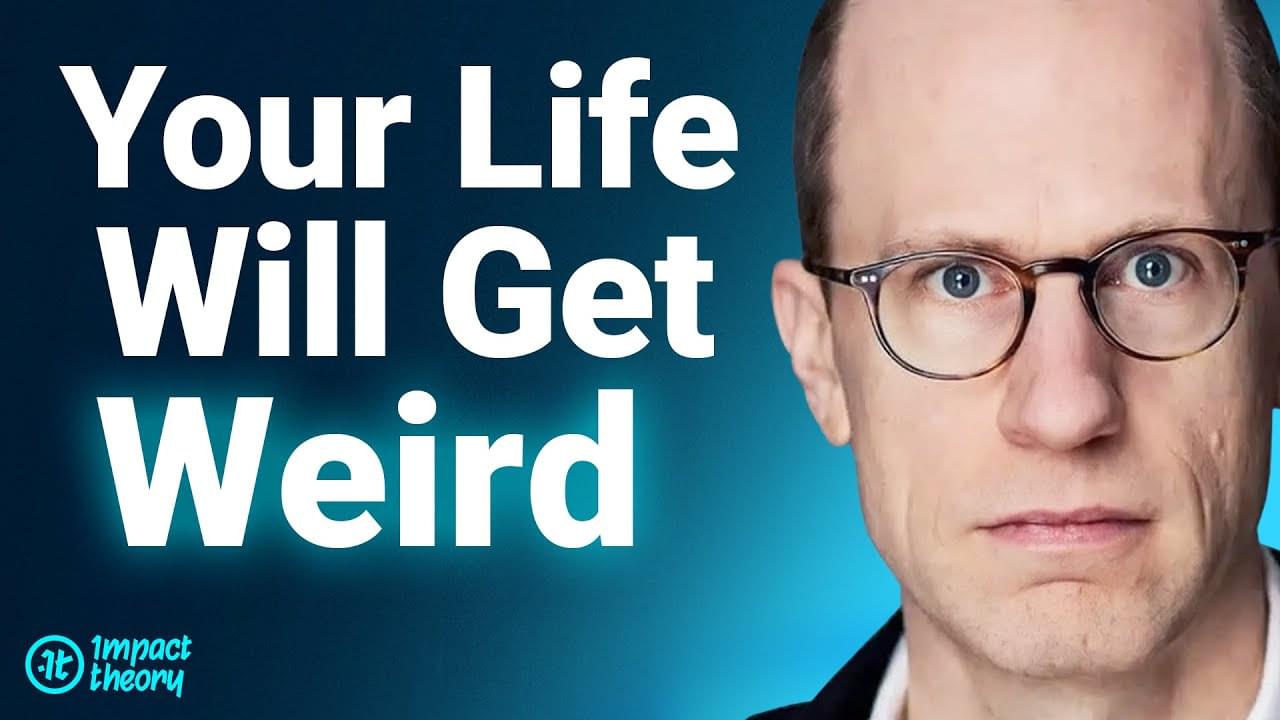
Thank you to today’s sponsors:
Eight Sleep: Head to https://impacttheory.co/eightsleepAugust24 and use code IMPACT to get $350 off your Pod 4 Ultra.
Netsuite: Head to https://impacttheory.co/netsuiteAugust24 for Netsuite’s one-of-a-kind flexible financing program for a few more weeks!
Aura: Secure your digital life with proactive protection for your assets, identity, family, and tech – Go to https://aura.com/impacttheory to start your free two-week trial.
Welcome to Impact Theory, I’m Tom Bilyeu and in today’s episode, Nick Bostrom and I dive into the moral and societal implications of AI as it becomes increasingly advanced.

